OPINION: ‘Why we should remember Srebrenica’ - Derry & Strabane Colr. McKinney
and live on Freeview channel 276
Why do we so often fail to expect the start or the scale of a war?
Six months ago the present war in Ukraine was completely unimaginable.
Advertisement
Hide AdAdvertisement
Hide AdWhen the country of Yugoslavia was breaking up in the 1990s, David Dunseath on BBC Radio Ulster was interviewing a Yugoslav man about the events in his country. The Yugoslav interviewee said that he was warning his fellow citizens: “If we aren’t careful, we’ll end up as bad as Northern Ireland!”
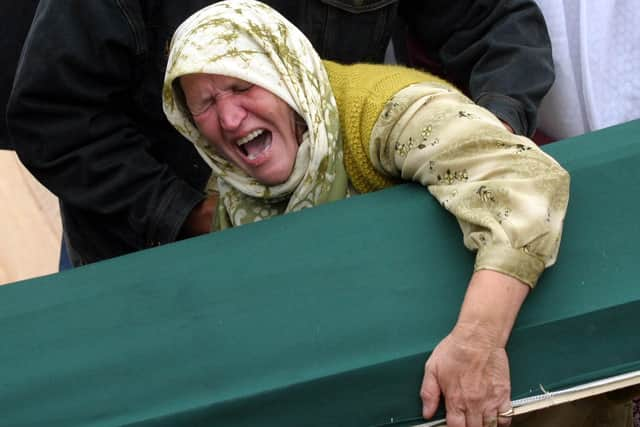

In 1968 no one, but no one, realised that Northern Ireland was entering a quarter-century of conflict and a near-civil war with 3,600 deaths.
In 1914 at the start of World War 1, people believed “the soldiers will be home by Christmas“. That war lasted four years and caused 17 million deaths.
Over a 30-year period in Northern Ireland some 3,600 of our fellow citizens were killed. But in a mere ten years 1991-2001, in former Yugoslavia, about 130,000 people were killed in nationalist and ethnic conflict.
Advertisement
Hide AdAdvertisement
Hide AdIn July 1995 8,235 of these were Bosniak Muslim men and boys, delibrately killed by Christian Serbian forces at the town of Sebrenica. (Srebrenica is the same size as Strabane).
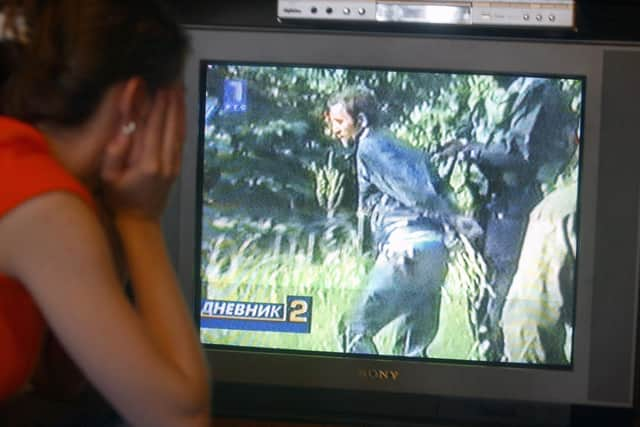

At the same time over 25,000 women, children and elderly Bosnian Muslims were expelled and abused.
In 2007 this was declared a genocide by the International Court of Justice in the Hague, Netherlands. The Serbian leaders of the massacre were later found guilty of genocide by the International Criminal Tribunal for the Former Yugoslavia.
A LESSON FROM HISTORY
So what has this to do with us here in Northern Ireland? Quite simply, the more we remember these events the less likely we are to repeat them.
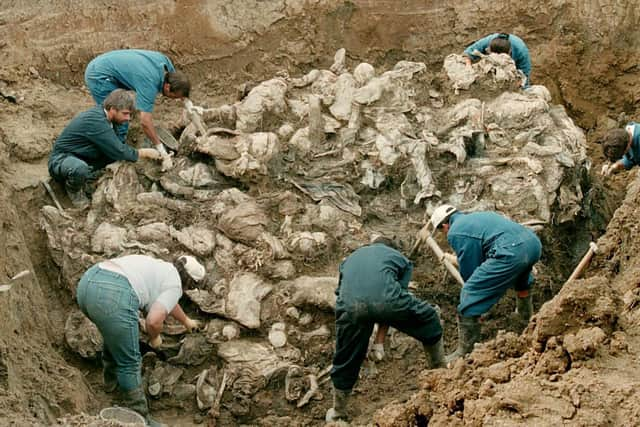

Advertisement
Hide AdAdvertisement
Hide AdWe daily ignore how segregated we have become here since 1969:
-Only 31% of NI people regard themselves as living in “mixed” (Protestant & Catholic) neighbourhoods.
-80% of public housing is segregated. (90% in Belfast).
-About 100 ‘Peace Walls’ still divide neighbourhoods.
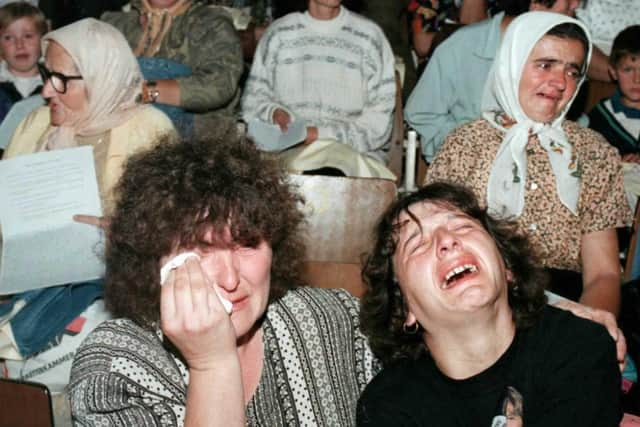

-About 60,000 people have moved house because intimidation or fear. (My own family experienced this).
-About 50,000 people have been injured.
-About 30,000 people have been in prison.
-Only 7% of children attend integrated schools.
-And our NI Assembly is stalled again - the eighth time since 1972.
What Can We Do?
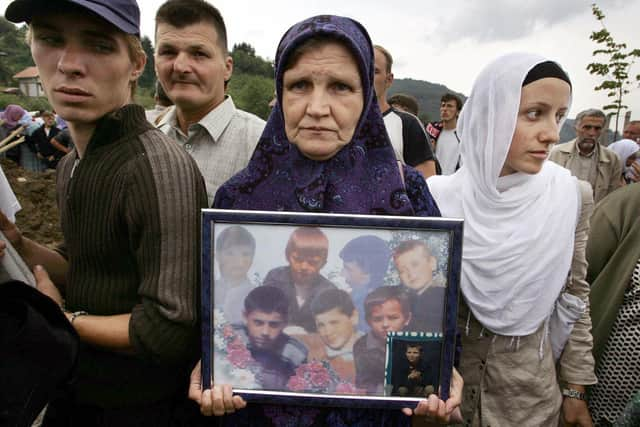

Advertisement
Hide AdAdvertisement
Hide AdI, along with fellow councilllor Dan Kelly and the ‘Remembering Srebrenica’ charity, have requested that Council buildings be lit up on the 6th-7th of July when the Council, in solidarity with the people of Srebrenica and fellow Europeans, remember those that were murdered in an act of genocide.
Death and violence is not the way to solve political issues. Dislike of someone’s nationality, religion, or ethnicity is no reason to kill them.
By Alliance Party Councillor Philip McKinney
Derry CIty & Strabane District Council.
DERRY REMEMBERS
Derry City and Strabane Council will light up its buildings green and white to mark the massacre in Srebrenica following a proposal by councillors Philip McKinney and Dan Kelly. Srebrenica Memorial Day on July 11 remembers over 8372 Bosnian Muslims who were murdered for their identity in Srebrenica.
In July 1995 thousands of men and boys were systematically murdered and buried in mass graves. The victims, who were Muslim, were selected for death on the basis of their ethnicity. This was the worst atrocity on European soil since the Second World War.
Advertisement
Hide AdAdvertisement
Hide AdGreen and white are the colours of the Srebrenica flower, designed as a symbol of remembrance by the main victims’ organisation, the Mothers of Srebrenica. White represents the innocence of those who were killed and green represents hope.
Councillor McKinney brought the issue before the June meeting of full council.
Colr. Kelly, meanwhile, added: “In tandem with Councillor McKinney I want to pay tribute to the work of Remembering Srebrenica jointly along with our council’s Good Relations team for the work they have done to devise a programme of remembrance in solidarity to mark this year’s commemoration on July 6 and I encourage as many people as possible to show their solidarity at those events.”
The Mayor Sandra Duffy agreed to the lighting up of council buildings.
Advertisement
Hide AdAdvertisement
Hide AdMeanwhile tomorrow, July 6, there will be a special screening of of the award-winning and Oscar-nominated movie, Quo Vadis, Aida? hosted in the Playhouse and with the permission of Director Jasmila Zbanic. It tells the moving story of a teacher and translator from Srebrenica forced to flee from the Serbian invaders and seek refuge with her family in a UN camp.
Joining the Mayor will be the Ambassador for Bosnia and Herzegovina to the UK and Ireland, His Excellency Vanja Filipovic.
The screening starts at 6pm, and tickets are £6 via www.derryplayhouse.co.uk/event/remembering-srebrenica-quo-vadis-aidaGillian Anderson, Local Democracy Reporter